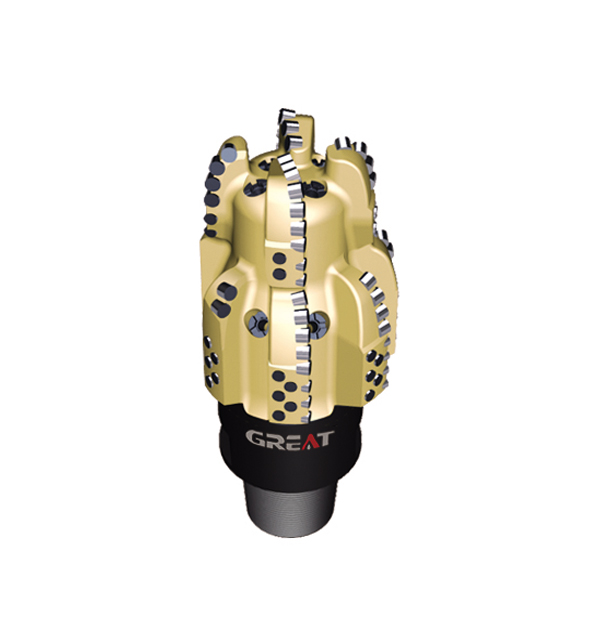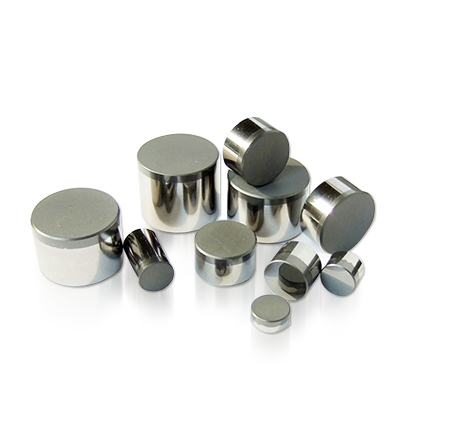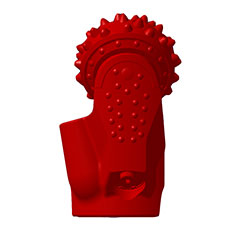I. Introduction
In the modern digital era, seamless communication is the cornerstone of society. Telecommunication networks, which are the backbone of this connectivity, are in a constant state of expansion and evolution. Directional drilling is a key enabler in this growth, allowing for the precise installation of underground cables and pipelines. This method minimizes surface disruption, making it suitable for environmentally sensitive areas, densely populated cities, and regions with complex topography. In such diverse terrains, rock reamer hole openers have become essential tools, tackling the unique challenges of hard-rock environments. This article delves into how these specialized tools enhance efficiency, precision, and cost-effectiveness in telecommunication projects.
II. Key Challenges in Hard-Rock Drilling
Hard-rock formations pose significant hurdles to traditional drilling methods. The abrasive nature of the rock causes rapid wear and tear on drill bits and equipment. This leads to frequent tool replacements, slows down the drilling process, and increases both time and cost. Achieving consistent hole quality in hard rock is also difficult. Uneven or unstable holes can compromise the integrity of installed cables and pipelines, potentially causing future communication failures. Rock reamer hole openers are designed to overcome these issues, with a robust design and advanced cutting mechanisms tailored for efficient hard-rock penetration.
III. Enhanced Rock Penetration and Hole Expansion
Efficient Hard-Rock Cutting Mechanism
Rock reamers are outfitted with cutting-edge components. Their carbide-tipped blades, made of tungsten carbide grains in a cobalt matrix, offer exceptional hardness and wear resistance. This enables them to fracture and remove rock fragments effectively, even in tough formations like granite (Mohs hardness 6-7). Diamond-coated cutting edges are another technological feat. As the hardest natural substance, diamonds can easily cut through tough rocks such as limestone and sandstone. The aggressive geometry of these edges maximizes cutting force while minimizing torque resistance, making the drilling process more energy-efficient and enabling faster penetration rates. This is crucial in time-sensitive telecommunication projects, whether in remote mountainous areas or urban construction sites.
Uniform Hole Enlargement for Cable Installation
After the initial pilot hole is drilled, therock reamer plays a vital role in enlarging the borehole to the exact diameter required for cable installation, typically 10-30% larger than the pilot hole. This careful enlargement ensures that communication cables or conduits can be smoothly inserted, even in irregular rock formations. Maintaining consistent hole dimensions is essential for the long-term success of telecommunication infrastructure. A uniform borehole reduces the risk of cable damage during installation, preventing stress concentrations that could lead to internal damage and signal degradation. It also provides better support for the cable, enhancing the stability of the installed infrastructure, especially in areas prone to seismic activity or ground movement.
IV. Precise Directional Control and Alignment
Advanced Steering Capabilities
Rock reamers are integrated with sophisticated directional drilling systems, including mud motors and gyroscopic sensors. Mud motors provide the power to rotate the reamer and drill bit and allow for precise control of the drilling direction. Operators can adjust these motors to change the angle of the drilling assembly, steering the borehole as needed. Gyroscopic sensors offer real-time information about the orientation and position of the drilling equipment. By continuously monitoring angular velocity and orientation, the drilling system can make instant adjustments to maintain the correct trajectory. The streamlined design of rock reamers minimizes friction with the borehole wall, allowing for easier movement and direction changes. In complex urban environments, they can navigate intricate paths with millimeter-level precision, ensuring the installation of new telecommunication infrastructure without interfering with existing underground utilities.
Reduced Risk of Collateral Damage
In urban areas, off-target drilling can have severe consequences. Hitting a water main or gas line can cause flooding, gas leaks, road closures, and traffic chaos, resulting in economic losses and public inconvenience. Damage to active power cables can lead to power outages, affecting critical infrastructure. Rock reamers’ precise alignment capabilities mitigate these risks by accurately following the planned trajectory, reducing the likelihood of hitting other underground utilities. In environmentally sensitive areas, proper drilling is also crucial to avoid soil erosion, water pollution, and damage to wildlife habitats. By enabling precise drilling, rock reamers help telecommunication projects adhere to regulatory and safety standards, promoting responsible and sustainable infrastructure development.
V. Durability and Cost-Effectiveness
Heavy-Duty Construction for Extended Lifespan
Rock reamers are built with heavy-duty construction, typically using high-strength alloy steel. Some advanced models incorporate composite materials, such as a combination of steel and ceramic components, to enhance performance. The use of replaceable cutting elements, like carbide teeth or diamond segments, extends the reamer’s overall service life and reduces the need for frequent tool replacements. In remote or hard-to-reach areas, this durability ensures continuous progress in telecommunication projects.
Lower Total Project Costs
Although rock reamers may have a higher initial investment, their long-term cost-effectiveness is evident. Their efficiency in rock penetration and hole expansion leads to faster drilling speeds, reducing labor costs. The reduced risk of equipment failures minimizes the costs associated with repairs, replacements, and downtime. Additionally, the high-quality hole formation achieved by rock reamers reduces the likelihood of rework, saving time and money in large-scale telecommunication projects.
VI. Application Scenarios in Telecommunication Projects
Urban Infrastructure Upgrades
In urban areas, the demand for high-speed and reliable telecommunication services is growing. With the expansion of 5G networks, smart city initiatives, and high-definition video streaming, there is a need to upgrade existing infrastructure. Rock reamers enable efficient installation of fiber-optic cables beneath roads, buildings, and underground utilities, reducing traffic disruptions and speeding up the installation process.
Rural and Remote Deployments
Rural and remote areas often lack high-speed internet access. Rock reamers are essential for creating boreholes in hard-rock formations in these regions. Their compact size and high-efficiency cutting capabilities make them transportable to remote locations, enabling the expansion of high-speed internet and promoting economic development.
Submarine and Coastal Projects
Underwater telecommunication cables are crucial for global communication. Rock reamers are well-suited for submarine and coastal projects, cutting through hard rock formations near the coast or across submerged rock shelves. Their corrosion-resistant coatings protect them from saltwater, ensuring effective operation and successful cable installation.
VII. Technological Innovations in Rock Reamer Design
Smart Reamers with IoT Integration
In the digital age, rock reamers are evolving with IoT technology. Smart reamers are equipped with sensors that monitor performance metrics such as torque, rotational speed, and wear. Real-time data is transmitted wirelessly to a central control station, allowing operators to make informed decisions remotely. This improves safety, efficiency, and reduces the risk of equipment failures in telecommunication projects.
Eco-Friendly Materials and Processes
Manufacturers are focusing on eco-friendly rock reamer design. The use of recycled steel components conserves natural resources and reduces the carbon footprint. Low-emission coatings protect the reamer while minimizing environmental pollution. Precise hole formation also minimizes soil disturbance and waste generation, contributing to the environmental sustainability of telecommunication projects.
VIII. Conclusion
The Indispensable Role of Rock Reamers in Telecommunication Drilling
Rock reamer hole openers are essential in modern telecommunication infrastructure construction. Their ability to penetrate hard rock, create high-quality boreholes, and offer cost-effectiveness makes them a cornerstone in establishing reliable telecommunication networks. They ensure the long-term stability of cable installations and reduce the risk of signal disruptions.
Future-Proofing Telecommunication Projects
As the demand for high-speed internet and advanced 5G infrastructure grows, rock reamer technology will play a crucial role. Smart reamers with IoT integration offer real-time monitoring and control, improving project efficiency. Their eco-friendly design aligns with sustainable development principles. Telecommunication engineers and project managers should prioritize the use of rock reamer hole openers to build a robust and sustainable telecommunication network for the future.
 English
English français
français Deutsch
Deutsch Español
Español italiano
italiano русский
русский português
português العربية
العربية tiếng việt
tiếng việt ไทย
ไทย Nederland
Nederland




